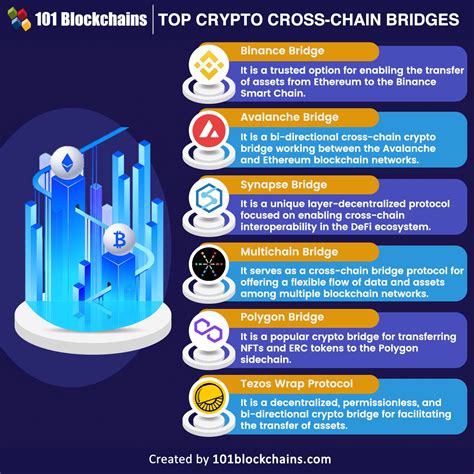Title: Improving Cross-Chain Scalability: The Latest Developments in SCA Synchronization
Introduction
The decentralized finance (DeFi) space has witnessed significant growth and adoption of various blockchain platforms, including Ethereum. One of the key features that enables seamless interaction between different chains is cross-chain scaling solutions such as Single Sign-On (SSO), Cross-Chain Atomic Swaps (CCAS), and Smart Contract Auditing (SCA). However, synchronizing changes made to a Safe contract on one chain with other chains can be a significant challenge. This article highlights the latest developments in improving SCA synchronization, making it easier to build scalable DeFi applications.
What is Cross-Chain SCA synchronization?
Cross-chain scaling solutions allow multiple chains to interact with each other using a single interface, enabling greater efficiency and interoperability between different blockchain platforms. The Single Sign-On (SSO) protocol provides a secure way to authenticate users across networks, while CCAS facilitates atomic swaps between chains, allowing for asset transfers without worrying about network congestion.
Challenges of SCA Synchronization
There are several challenges when it comes to synchronizing changes to a Safe contract on one chain with other chains:
- Incompatible Chain Formats: Different blockchain platforms have unique data formats, making it difficult to integrate and synchronize data between them.
- Scalability Limitations: The number of transactions that can be processed simultaneously is limited by the scalability capabilities of each blockchain, which hinders the synchronization process.
- Security Risks: Synchronizing data requires secure storage and transmission, which adds another layer of complexity.
Latest Developments in Improving SCA Synchronization
Several innovative solutions have emerged to address these challenges:
- Ethereum 2.0 Optimizations: Ethereum’s upcoming transition to a sharded architecture will enable faster transaction processing and better scalability.
- IMPS (Inter-Blockchain Protocol): IMPS is a protocol that enables seamless data synchronization between chains without requiring changes to the underlying code.
- Honeycomb: Honeycomb is an open-source framework that enables the creation of hybrid networks with multiple blockchain platforms that facilitate cross-chain interactions.
- Cross-Chain Atomic Swap (CCAS): CCAS protocols such as Uniswap and SushiSwap enable atomic swaps between chains without relying on external bridges or intermediaries.
- Ethereum’s New Smart Contract Optimization: Ethereum is optimizing its native smart contracts to improve performance and reduce the load on blockchain networks.
Case Studies: Implementing Cross-Chain SCA Sync
Several DeFi projects have successfully implemented cross-chain SCA sync using these innovative solutions:
- Aave: Aave, a decentralized lending platform, has an integrated IMPS that enables seamless data synchronization between its native Ethereum chain and other chains.
- Uniswap: Uniswap’s new 4.0 release includes Honeycomb as part of its ecosystem, enabling the creation of hybrid networks with multiple blockchain platforms.
Conclusion
The journey towards improved cross-chain scalability solutions continues, and it’s exciting to see innovations emerge. With Ethereum 2.0, IMPS, Honeycomb, CCAS protocols like Uniswap and SushiSwap, and smart contract optimization, the future of DeFi applications looks bright. As the ecosystem continues to evolve, we can expect even more efficient and scalable solutions for cross-chain synchronization.
Future Directions

To further improve cross-chain scalability, it is essential to:
1.
